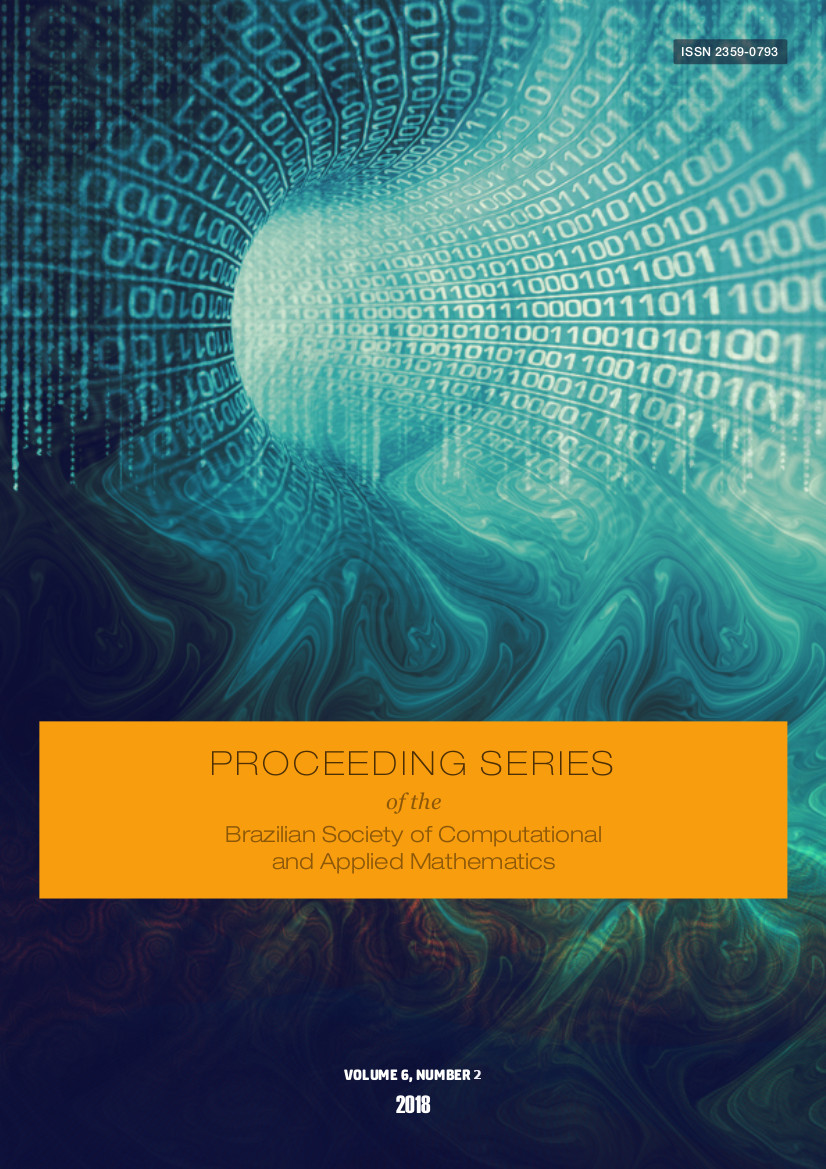Gaussian field control and local upscaling for sandstone reservoir modelling using MRST
Resumo
Reservoir modelling is useful for oil industry for many reasons, such as to predict decline rates, optimize the hydrocarbon production, improve well placement strategies [1] and, above all, fully characterize the subsurface. In this account, mathematical models are invaluable during all the stages of reservoir characterization, as with for the spatial distribution of properties over the reservoir through geostatistical techniques. Usually, it is not possible to predict how the fluids behave within a reservoir. Since their motion is highly dependent on the porous medium’s texture, mathematical models that describe the rock-fluid interaction may be constructed to ease operational tasks and decision-makings. Permeability, for instance, is a property that grades how well the fluids flow throughout the pore space of a rock formation. In homogeneous reservoirs, the permeability is equal along all the tensor directions. However, in realistic reservoirs, heterogeneity is by far dominant, in which case the concept of directional permeability arises. Directional permeability is estimated by horizontal well test analysis and selective zonal well testing techniques, whereas the vertical permeability is measured by cutting a core plug taken from the wellbore [3].[...]

